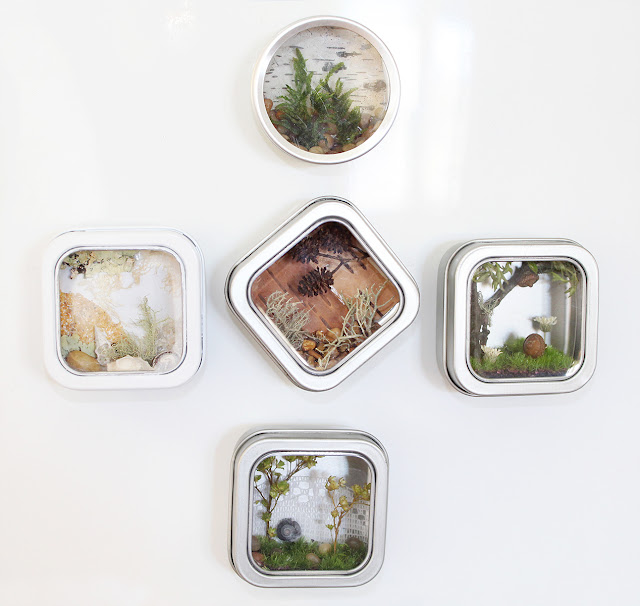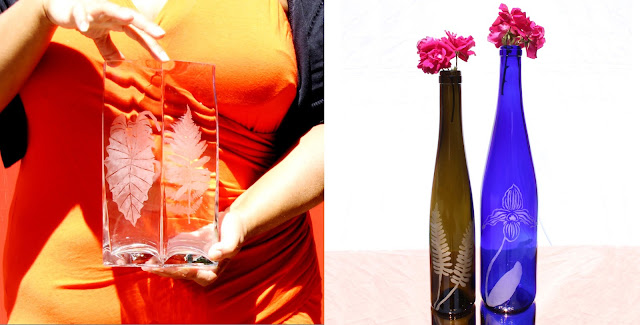There has been a bit of upheaval, of late.
With the invitation to outside investors, Etsy also invited a lot of
scrutiny, which led to some of those same investors realizing, rather
late in the game, that Etsy hosts a rather large number of sellers who
vend items that infringe upon the copyrights of well-known companies,
like Disney, and Sanrio.
I’m talking about that Hello Kitty necklace and that baby blanket featuring Elsa from “Frozen.”
Yup, unless the vendor paid to license those characters from their
parent companies, they’re likely infringing upon a copyright/trademark by
utilizing that imagery on their items (with some exceptions).
 |
| Etsy holds a summit on manufacturing in their marketplace |
And once some of the investors who purchased Etsy stock at $30/share and
watched it tumble to $16/share shortly after “discovered” these items
in the Etsy marketplace, suddenly, they became a
problem.
Of course, you can purchase the same infringing items on Ebay, on
Alibaba (where many vendors openly rip-off reputable Etsy artisans and
imitate their items/infringe upon their copyrights), and a million other
sites, but the rip-offs are a bit less visible when they’re being
pumped out by the thousands by large overseas manufacturers tacking-on
fake designer labels than an independent artist illustrating an homage
to a character they love from a film.
And then, there’s also not a
share price drop to think of with those other companies, either.
The
lawsuit is
a loser, as a basic Etsy search would’ve given these investors all the
info they needed, and no one can make up for your unwillingness to do
your homework.
But the kerfuffle did bring into focus this whole issue of manufacturing, and the role it plays in the business of art-making.
 |
| "Elsa"-inspired crocheted hat, via Etsy |
Many of us, who hand-make our art, whether we’re willing to vocalize
it or not, envision these massive, overseas sweatshop-style businesses,
that have zero interest in quality, running ginormous machines day and
night, spitting out replica after replica of meaningless, rip-off junk,
paying dozens of workers pennies to put sloppy finishing touches on
before the onslaught of under-priced garbage floods our marketplace. And then our work, that we slave over, that takes us forever to
complete, that we actually care about, that we’re already under-pricing
because if we priced it correctly it’d never sell, gets buried in that
market, because these manufacturers are getting better and better at
faking it.
But the reality is a bit different. I’ve done the math, many of us
have. I know, to make a living at what I do, to sell my pieces at the
prices I do, to make enough pieces to sell, to achieve any of the goals I
have for my life, to buy a home, to travel, it is simply unrealistic to
continue hand-making art, one-by-one, and selling at affordable
prices. There are some artists who are exceptions, I imagine, who
transition seamlessly from doing crappy art-school paintings to selling
individual pieces regularly for $500,000 apiece, with no selling-out in
between. I know a guy. But they’re exceptions. And they also bypass
the mass-marketplace and go straight to high-end; their work is reserved
for the rarefied few who can afford “aaahhht.”
Any artist who starts to achieve some success at their chosen medium has
to figure out how to do what Etsy calls “scaling up.” I will define it
as, “making/selling your stuff in a way that allows you to make enough
money to live, but not to go insane/die of exhaustion, but also, achieve
your goals.” And it looks different for every artist.
I recently heard an interview with
Jonathan Adler, of ceramic vase fame, on
NPR,
and he was talking about how he made it as an artist. It was a good
story, of landing his pots in Barney’s early in his career and taking
off from there.
 |
| Jonathan Adler, making a pot on the Martha Stewart Show |
|
I literally watched Jonathan Adler “become.” I used to watch him on
Martha Stewart’s show, showing off his vases, how he made them, etc.
And now he’s an industry, with stores everywhere, and his name is
synonymous with “style.”
But his interview was bullshit. Because Jonathan Adler probably hasn’t
made a freakin’ vase in years. He probably hasn’t touched a single
object in any of his stores in years, he probably doesn’t even know what
they sell. He has a “design brand,” now. He’s not a famous artist,
though he sold himself as one, in this interview. He’s rich, he’s
famous, he has indeed succeeded, but is he a successful artist, if he
doesn’t actually MAKE any art any more? If his success hasn’t come from
his art, but from his merchandising, his branding, his expansion into
other arenas?
And that difference struck me like a brick. Because I went into an
online artists’ group recently, during a period where I was working
through a ton of online orders I’d received on the same day, many of
them for the same item, and so I was making almost the same item over
and over, my hands were cramping and I was sick of seeing this piece I
once loved the design-of. I wanted to smash it and refuse to make it
again. I was just weary of making things for other people, pieces that felt
like they had nothing of me in them any more. I was satisfying my
customers, but not myself.
And I asked if these other artists in the group ever felt like they
were one-person-sweatshops, and just didn’t want to do it any more
sometimes. And several of them totally could relate, but several said,
“oh come on, that’s a great problem to have!”
I literally made ‘sad-face’ upon reading that.
A great problem to have?! I knew what they must be thinking, that to
have people wanting the things you’ve created, to be willing to spend
money on them, and to have steady business is indeed a good thing for an
artist. It’s often the goal when you’re in art school, to “make a
living as an artist.” Huzzah! Success!
But I also realized, a person who could see this as a “good problem” is not an artist.
I hadn’t realized until that moment, that perhaps not all of us who are
making things and selling them are, in fact, artists. Or would even
call ourselves such. Our motivations may not be the same. Some are
creating because they enjoy the act of it, and are selling as a bonus.
It’s a pass-time, or a hobby.
Some are creating because they’re simply able to, they may not always
enjoy it, but it brings in income. They could stop tomorrow and move on
to something else they find more interesting.
Some are creating specifically to make revenue, and will, whenever
possible, remove themselves from the creative process. Making is a
means to an end, and they are looking for the best possible way to
monetize it.
I’m creating because I feel I’m an artist, it’s my identity, not my
hobby or my job. The urge was there before I sold a thing, before Etsy
or craft shows. I don’t really have a choice whether to create; in
fact, I tried majoring in Psycho-Pharmacology in college, but ended up
spending all of my time doing artwork instead of reading my textbooks.
Because creating is my passion and the thing that drives me. I don’t
really care whether I sell things (though I very much appreciate that customers are willing to purchase my wares), but I
very much
care about the integrity of what I create, its originality and quality,
and I also very much care about whether I enjoy doing it. So when it
feels rote, repetitive, and divorced of my creativity any more, I don’t
want to do it.
So if I’m honest, I’m fearful of reaching that Jonathan Adler moment.
When I realize I’m not going to achieve the success I want if I insist
on my own hands touching each piece of artwork that is sold with my name
on it. It’s very well-accepted in the fashion industry; you know
Versace didn’t sew a stitch on that dress you bought, but it still
commands the price. But I still despise the idea of not creating my
work with my hands, and I don’t see the manufacturing process as a part
of
Hieropice’s future.
 |
| A collection of Maasai-beaded coasters that I photographed in Tanzania |
When I began, I envisioned working with Maasai women in Tanzania in
creating Hieropice's
Maasai-beaded line, and I hope to still see that come to
fruition, one day. I wanted to improve upon the traditional beading technique, build up the
visibility of my Maasai-inspired pieces here in the West, and head back
to TZ to train a small cooperative to create the pieces with me, using
fine materials and my designs. No machines, just women, hand-beading
with a (modified) technique that originated in their own community,
bringing revenue back into that same community. That’s about as far
away from my own hands as I’m ever willing to go, I think. Not far.
*Disclaimer – I actually love Jonathan Adler’s stuff, no hating here! Props to you, Jonathan Adler.

















